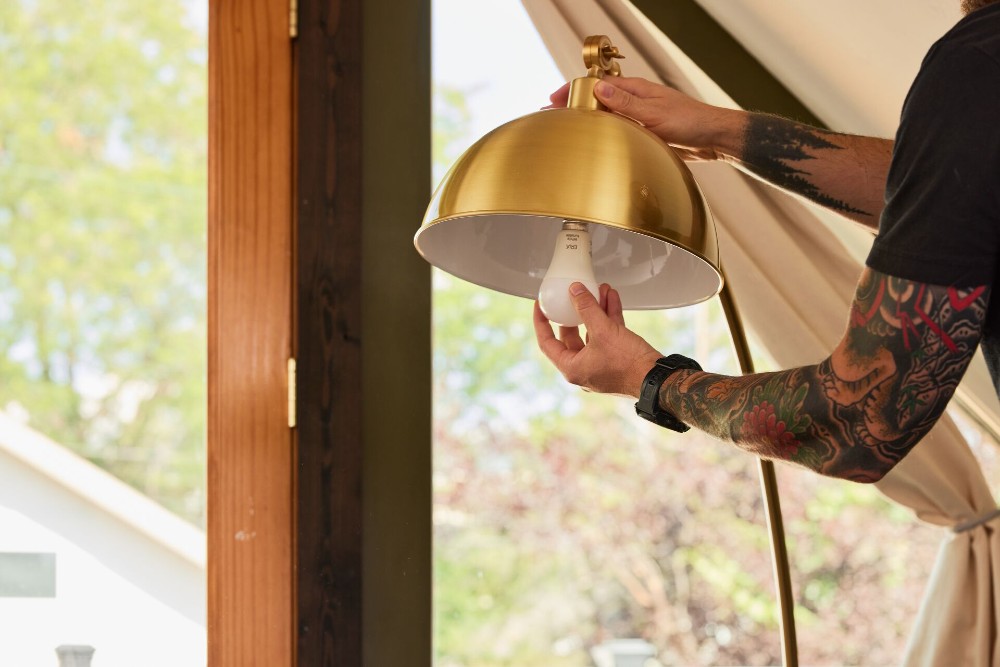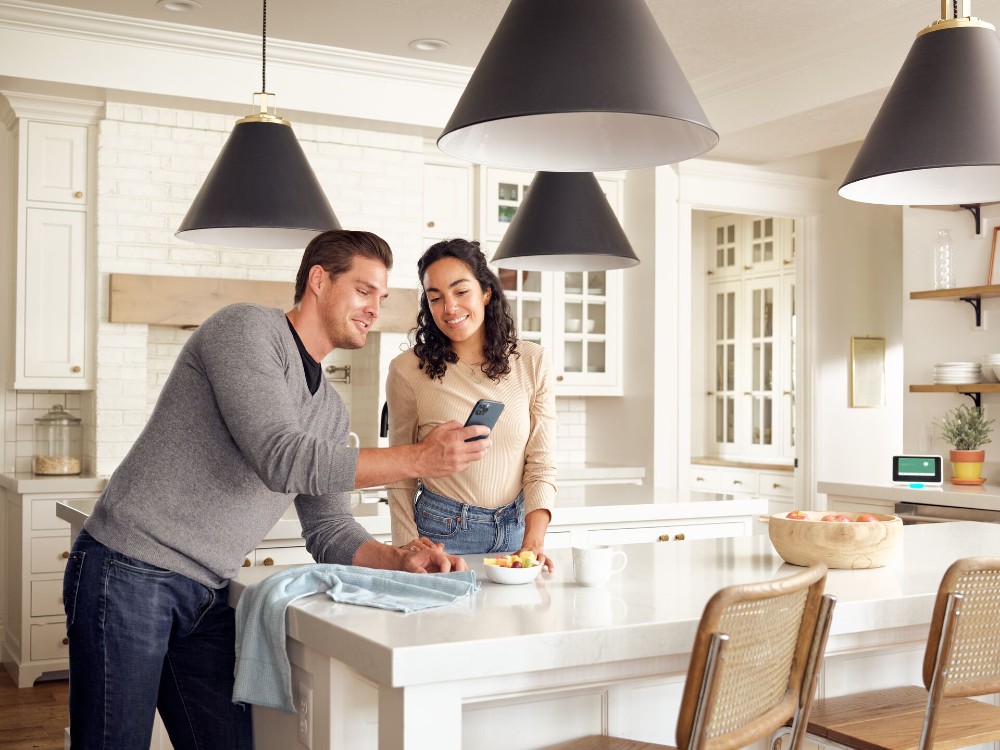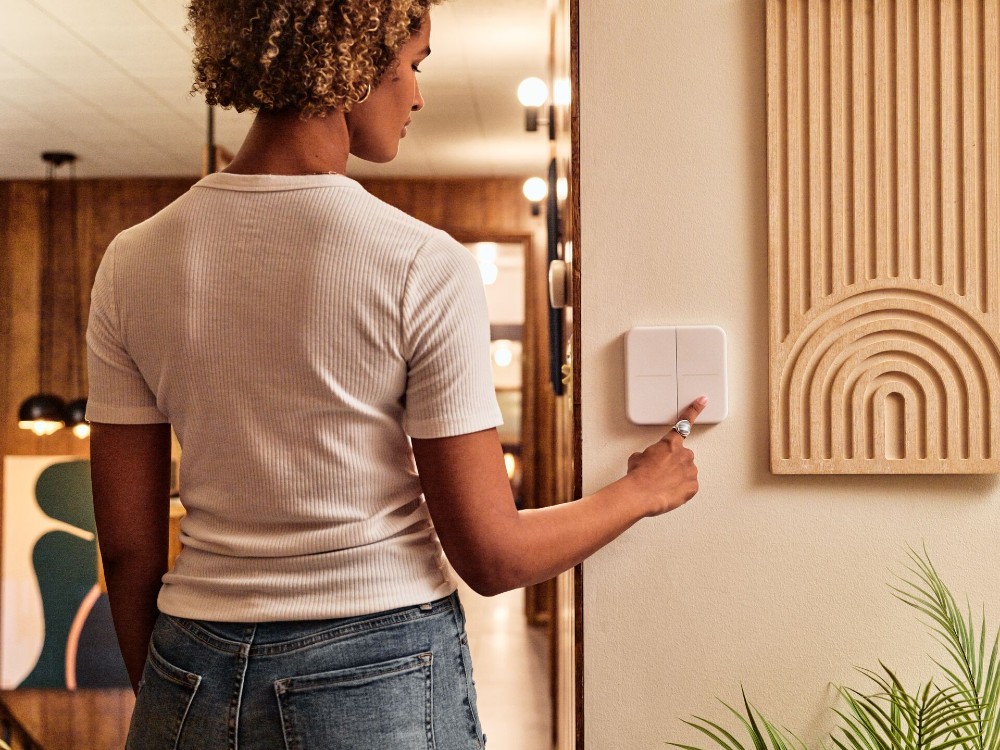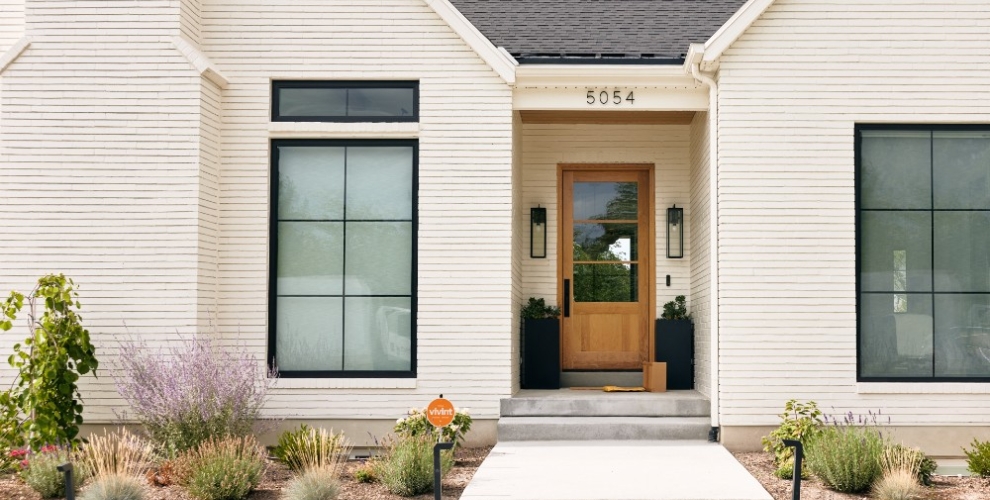If you want to add automation to your home but aren’t sure where to start, smart lighting is a great first step.
When part of your smart home, smart light bulbs offer many benefits, from convenience to cost savings to added security. Best of all, implementing smart lighting is simple—and it all starts with smart light bulbs.
What are smart light bulbs?
Smart light bulbs are the foundation of a smart home lighting system. Smart light bulbs are wi-fi powered light bulbs that allow you to customize, automate, and remote control your lighting.
An integral part of a smart home system, smart LED bulbs are similar to traditional light bulbs in that they are screwed into the light socket of a lamp or lighting fixture. Unlike traditional bulbs, however, smart lights bulbs aren’t limited to flipping a wall switch to turn the lights on and off. You can turn your lights off with your phone from your smartphone app or smart home hub, automate them, or schedule them to turn on and off at specific times or after certain events.
The light bulbs’ connection to your smart phone and other smart home devices is what differentiates them from traditional light bulbs. Smart bulbs connect to your smart home technology system via wi-fi, bluetooth, or other smart home protocol, which allows them to communicate with other devices.





